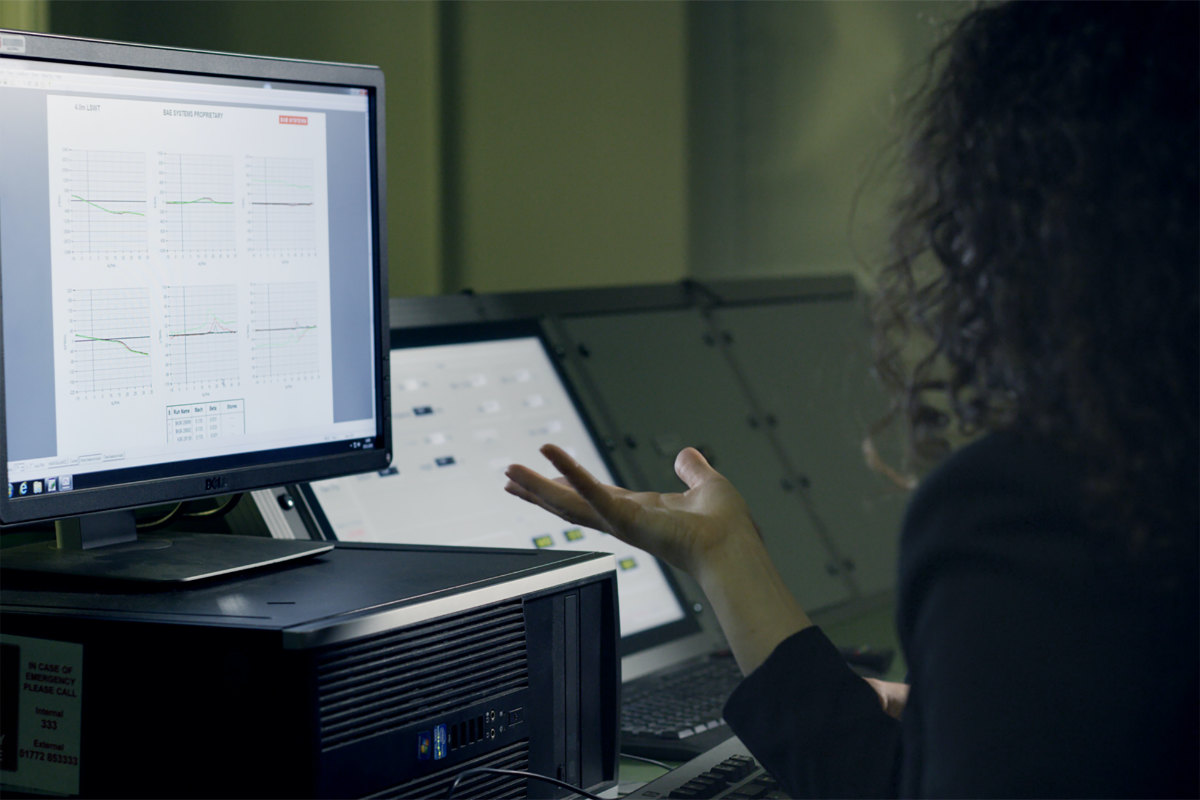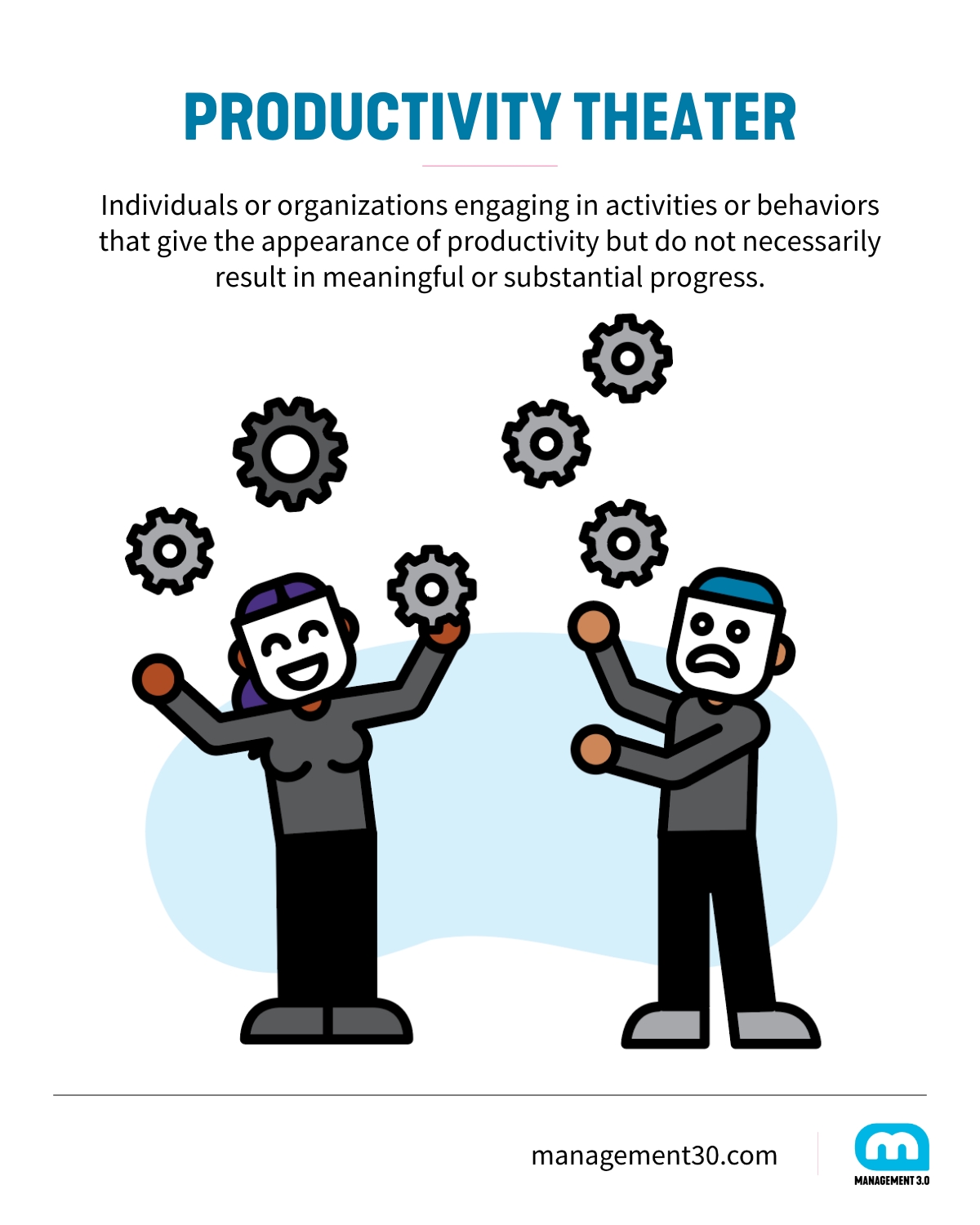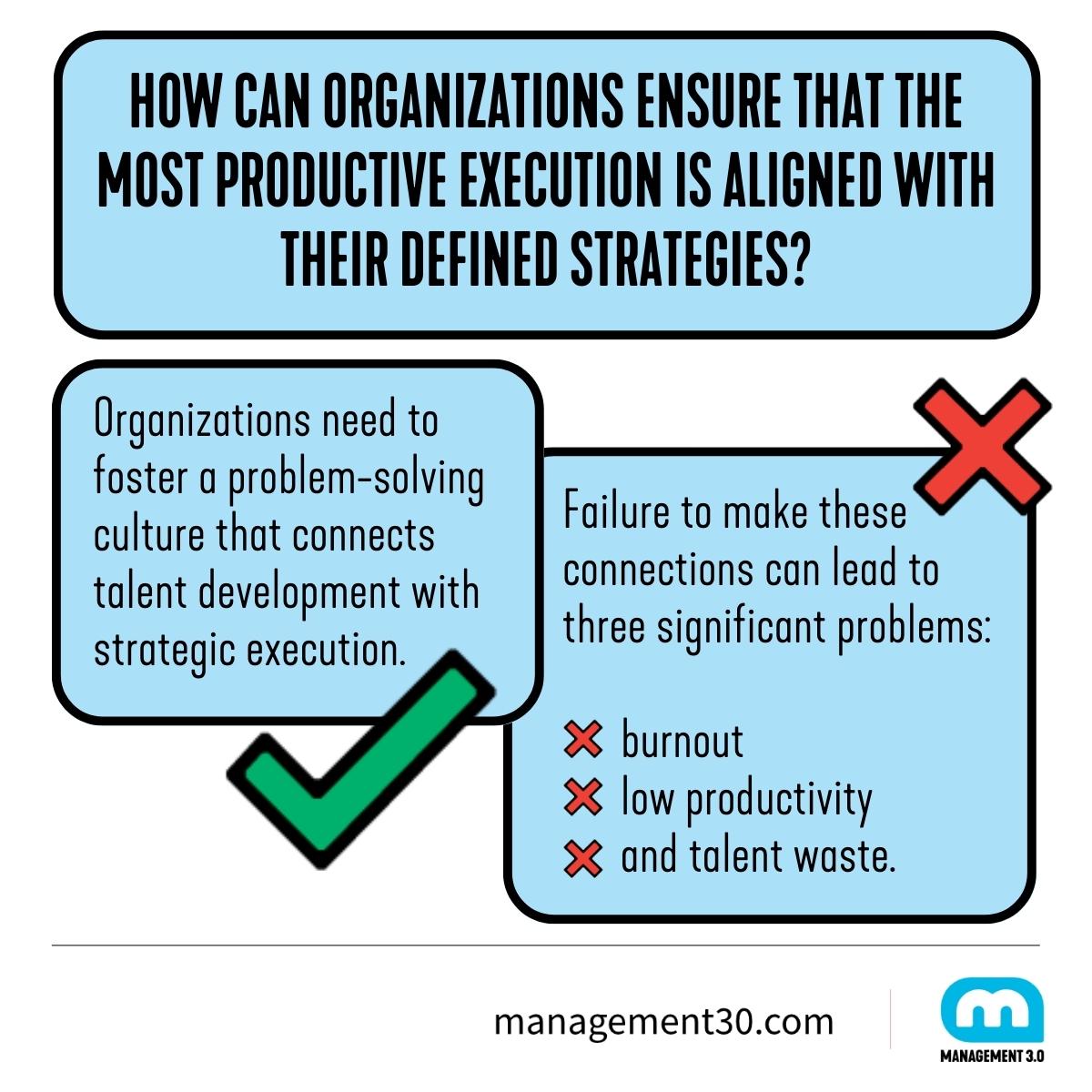This article is the result of an engaging conversation within the Management 3.0 Membership Community, guided by Fabian Sampayo. During this discussion, members delved into the significance of Artificial Intelligence in our current era. It is often believed that AI automatically leads to increased productivity. However, this prompts a series of key questions:
What does productivity truly entail?
Do we know the kind of productivity most relevant in the 21st century?
Are leaders and organizations prepared to encourage this type of productivity?
Furthermore, how does AI contribute to this evolving concept of productivity?
The 20th century marked a golden age for industrial workers, largely attributed to the influential work of individuals like Frederic W. Taylor. Through the standardization of manufacturing processes, productivity soared, reaching levels up to 50 times greater than those of the early 1900s.
Today, we find ourselves in a new era of prosperity. With the advent of Artificial Intelligence (AI), we have unlocked the potential to further enhance the productivity of knowledge workers. This exciting phase promises to revolutionize the way we work and usher in unprecedented levels of efficiency and progress.
But how should we understand knowledge worker productivity in the 21st century? Are we still reviewing the output created by our workers? Or even worse, the number of hours they have worked?
2020’s Covid-19 pandemic served as a turning point and a stark reminder of the necessity of a digital mindset and the significance of people-centric leadership when promoting, managing, and measuring knowledge-work productivity.
For leaders on a global scale, it became evident that relying solely on stringent tools of control was inadequate. What was truly needed was a trusted platform that could amplify the skills of talented individuals within organizations in order to achieve a company’s goals.
In the following sections, this article seeks to explore the challenges associated with achieving productivity while safeguarding the well-being of the new knowledge workforce. By addressing these challenges head-on, we can pave the way for a more harmonious and prosperous future where AI and human ingenuity work in tandem to drive progress and success.

More working hours fail to reflect more outcomes
Unlike the industrial era, where work could be divided into clear, measurable parts, the productivity of knowledge workers is driven by their creativity and problem-solving abilities.
Today, there is no standard unit for measuring efficiency because there are now multiple decisions made by this kind of worker to maintain a company’s sustainability and growth. The correlation between the amount of effort exerted (i.e. hours worked) and the quality of outcomes is no longer straightforward.
The key now lies in executing strategies effectively and aligning them with defined goals. This begs the question: how can organizations ensure that the most productive execution is aligned with their defined strategies?
There is no unique response to this issue but I do believe that to address this challenge, organizations need to foster a problem-solving culture that connects talent development with strategic execution. Failure to make these connections can lead to three significant problems: burnout, low productivity, and talent waste.
Behind burnout: inadequate allocation of people talent
According to the World Health Organization, there are several factors that can contribute to burnout, such as an excessive workload, the fear of job loss, technology overload, and more. Joel Goh (2015) estimated that burnout could cost annually between $125 to $190 billion (USD) and one of its main drivers arises from management practices.
One such practice is related to the challenges that managers assign to their team. Burnout often arises when individuals ill-suited to solving certain problems are placed in challenging roles. According to Csikszentmihalyi’s flow model, individuals experience a state of optimal engagement when they are in a state of flow. So, when the level of the challenge is too high compared to the individual’s skill level, it can lead to anxiety and frustration that drives people to burnout.
To make visible an insightful stat, according to Our World in Data site, 53.4% who suffered from anxiety or depression made a change related to their work situation to deal with it.
One practice that can help you as a leader is to ensure a skill–challenge balance when assigning roles and responsibilities to individuals. This can be implemented by using some practices of Management 3.0, like the Team Competency Matrix and Team Decision Matrix.
The appearance of productivity as wasteful
Always having a task to do is not synonymous with high productivity. Jessica Stillman (2022) explains behaviors of ‘Productivity Theater’ in which leaders make individuals believe that being constantly connected to their job, whether in remote or in-person settings, means they are more engaged or valuable to the organization.
Productivity Theater
This refers to a phenomenon where individuals or organizations engage in activities or behaviors that give the appearance of productivity but do not necessarily result in meaningful or substantial progress.
As a result, this produces work waste as the focus is on being (or appearing) busy and not on completing the right, most impactful, most relevant task to execute the organization’s strategy.

‘Productivity Theater’ is only one of the possible reasons for low productivity in knowledge workers. Other external causes include inadequate resources, poor management, organizational culture, etc. Furthermore, the level of engagement is a concept that has gained importance relating to this in recent decades. In fact, a Gallup survey (2022) found that disengaged workers cost $7.8 trillion (USD) across the world.
By connecting individuals to their talent to solve organizational problems you will foster a positive work culture and provide opportunities for employee development and growth. This can be made by practices like Moving Motivators.
Low productivity and talent waste
You know people within your organization that could be a superstar, but they have a leader who fails to make it possible for them to shine. Talent waste occurs when capable individuals are focused on the wrong problems, missing opportunities to drive significant value.
Deloitte (2022) in their new operating model for the workforce proposes some big shifts related to a skill-based organization. According to them, only 14% of executives strongly agree that employees are using their skills to their fullest potential.
In the 21st century, the widespread practice must be the one that encourages workers to use their full potential. However, the way we assigned work in the 20th century was organized by the title of your job and how it fit within a functional hierarchy.
There is now an opportunity to enable a new way to make our talents shine. For example, this change could be made by Improvement Dialogues, through conversations where leaders can match the right talent with the right problem.

The other face of the game: from people as a resource to people as an investment
In the 21st century, organizations must adapt to a diverse workforce comprising different generations – like Baby Boomers, Gen. X, Millennials, Centennials, and other new workers’ behaviors – to understand the needs of their employees and harness their full potential.
According to Stephen R. Covey, four essential needs – love, live, learn, and leave a legacy – persist across all age groups. However, how these needs are fulfilled will vary. Leaders must shift from viewing employees as expenses to recognizing them as investments, investing in their growth and well-being. A recent study by Deloitte & Workplace Intelligence (2022) found that only half of employees believe their leaders care about their well-being, while leaders mistakenly think that 91% of employees feel cared for.
The Management 3.0 Community offers online sessions for learning, practicing, and discussing topics like AI and productivity, led by facilitators, experts and community members like Fabian. The Management 3.0 Community is a safe space to apply learnings in your work context, receive support for leadership challenges, connect with peers, and access exclusive content at your own pace. Curious to learn more? Applications are open!
AI technology as the door to a high-productivity and well-being era
The ways of working within companies will continue to evolve, and employees must possess learning agility to adapt to new contexts and act with a sense of urgency to keep a business profitable and growing. Technology, particularly AI, will be the main catalyst for change in the 21st century. AI-powered tools such as ChatGPT, Bing, Bard, Gamma, and more offer the potential to liberate time and democratize well-being in the workplace. This will lead us into a new era – the wisdom era – in which knowledge workers can leverage technology to enhance their productivity and focus on meaningful outcomes.
Big firms like McKinsey and Accenture are optimistic about the potential of increasing labor productivity. McKinsey estimates that AI could contribute up to $7.9 trillion (USD) to the economy by using generative AI. Accenture predicts that AI will enhance the capabilities of the human workforce, leading to a projected profit increase of 60% by 2035.
By automating repetitive tasks and providing real-time insights, AI will allow knowledge workers to concentrate on high-value activities while also taking care of their well-being.

Conclusion
As we navigate the 21st century, addressing the challenge of knowledge worker productivity requires an integrated approach. By understanding the people, processes, and technology challenges, organizations can mitigate problems such as burnout, low productivity, and talent waste. Embracing a problem-solving culture, investing in talent development, adapting processes, and leveraging AI technology will be essential to achieving high productivity and success in our increasingly digital age. The path to productivity in this new era lies in empowering knowledge workers to unleash their potential and create a future driven by wisdom.
In line with this integrated approach, Peter Drucker’s insightful quote resonates profoundly: “The most important contribution that management needs to make in the 21st century is to similarly increase the productivity of knowledge-based work and knowledge workers.” As this article has highlighted, Drucker’s words reinforce the significance of empowering knowledge workers to unleash their potential and create a productive future driven by wisdom.


